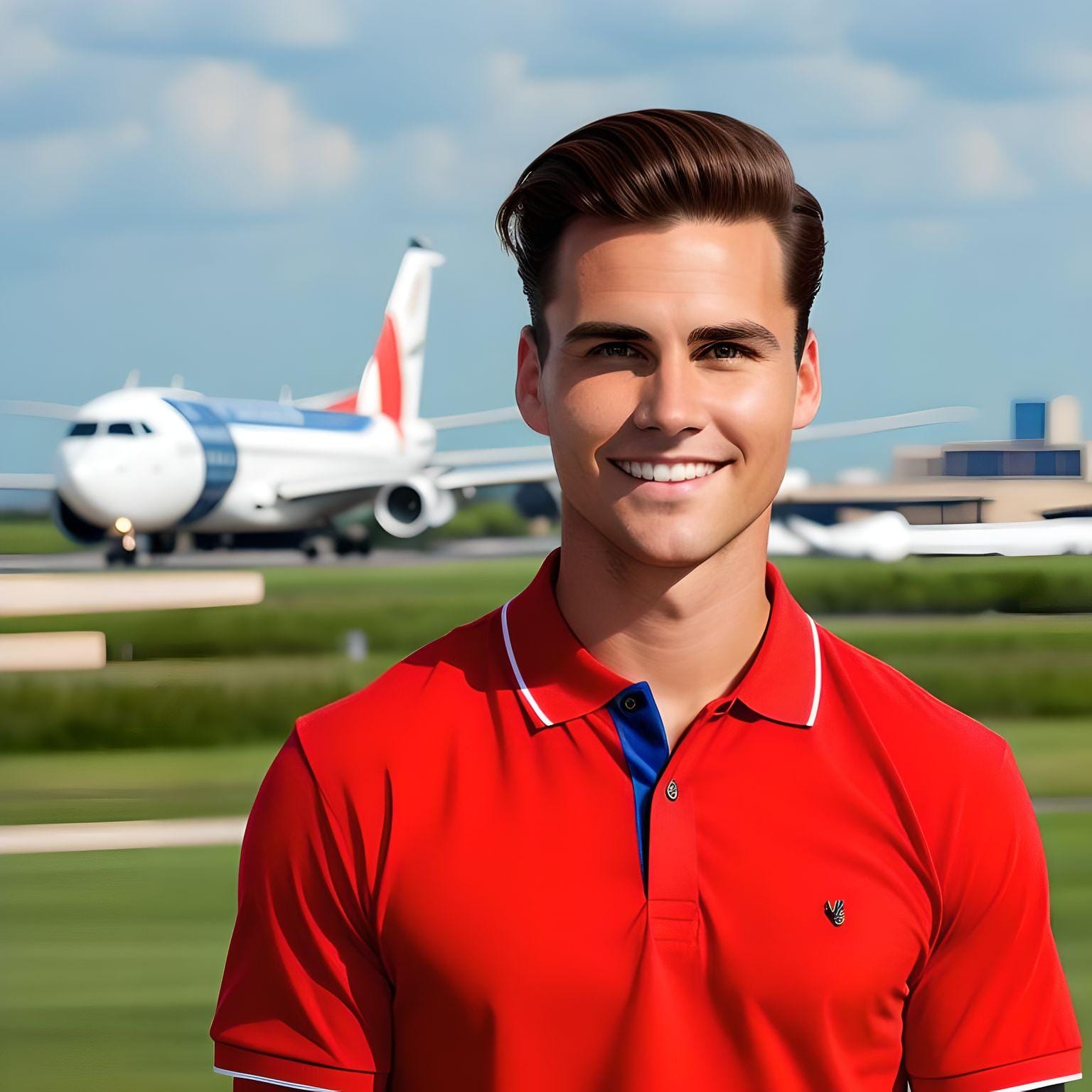Was the L1011 the Best Tri-Jet Ever Made?

Aviation has always held a special place in my heart. There’s something about the blend of engineering prowess and the ability to defy gravity that has fascinated me since childhood. Among the myriad of aircraft that have graced the skies, one stands out as a personal favorite—the Lockheed L1011 TriStar. I firmly believe that the L1011 is the best three-engine aircraft ever made.
Aesthetic and Design Innovation

The first thing that sets the L1011 apart for me is its aesthetic appeal. Unlike the more angular and somewhat utilitarian design of the DC-10, the L1011 has a sleek, elegant look that’s hard to ignore. Its distinct S-duct tail-mounted engine and smoothly contoured fuselage give it a refined appearance that is both modern and timeless. Every time I see an L1011, I’m reminded of a time when aircraft design was as much about beauty as it was about functionality.
But the L1011 is not just a pretty face. The design innovation that Lockheed poured into this aircraft is remarkable. It was the first wide-body aircraft to feature full fly-by-wire technology in its flight control system, which was revolutionary at the time. This made the L1011 not only advanced for its era, but also incredibly smooth and responsive to fly, according to pilots who have flown it.
Passenger Comfort and Reliability

From a passenger's perspective, the L1011 offered an unparalleled level of comfort. The cabin was designed with wide seats, a spacious interior, and quieter engines, making long-haul flights more pleasant. Unlike the DC-10, which had a reputation for being somewhat noisy and less comfortable due to its cabin layout and engine placement, the L1011 provided a superior in-flight experience. I remember my first flight on an L1011—there was a sense of space and serenity that I had not experienced on other aircraft. The quietness of the Rolls-Royce RB211 engines was particularly noticeable, especially when compared to the louder JT8D engines on the 727.
In terms of reliability, the L1011 had a better safety record than the DC-10, which unfortunately gained a problematic reputation due to a series of high-profile incidents early in its service. The L1011, while not without its own challenges—such as the delays caused by the development of the RB211 engine—was considered more reliable overall. This reliability made it a favorite among airlines that operated it, even if it didn’t sell as many units as its competitors.
Technological Advancements
The L1011 was also ahead of its time in terms of technological advancements. Its advanced autopilot system allowed for automatic landings in low visibility, a feature that was groundbreaking for the early 1970s. This made the L1011 a safer and more capable aircraft in adverse weather conditions compared to the 727 and even the later MD-11. The fact that the L1011 could perform these tasks with such precision is a testament to Lockheed's commitment to pushing the boundaries of what was possible in aviation at the time.
A Comparison with the 727, DC-10, and MD-11

When compared to the Boeing 727, the L1011 stands out in several areas. The 727 was undeniably a workhorse for short to medium-haul routes and was beloved for its ruggedness and reliability. However, it was a narrow-body aircraft, and its performance and comfort could not match the wide-body L1011 on long-haul flights. The 727 also lacked the advanced technology that made the L1011 such a pleasure to fly and travel in.
The DC-10, which was perhaps the L1011's closest competitor, certainly had its merits. It was a solid aircraft that served many airlines well. However, the DC-10’s early years were marred by safety concerns, which overshadowed its achievements. While McDonnell Douglas worked hard to rectify these issues, the DC-10 never quite escaped the shadow of its early problems, leaving the L1011 with a better overall reputation.
The MD-11, a stretched and modernized version of the DC-10, was an impressive aircraft in its own right. It featured more advanced avionics and better fuel efficiency. However, it suffered from performance issues that made it less popular with airlines. The L1011, on the other hand, had a more balanced design that didn’t push the limits too far, resulting in a more reliable and well-rounded aircraft.
Final Thoughts
The L1011 TriStar holds a special place in aviation history and in my heart. Its combination of elegant design, passenger comfort, advanced technology, and reliability sets it apart from other three-engine aircraft like the 727, DC-10, and MD-11. While each of these aircraft has its own strengths and has contributed to the rich tapestry of aviation history, the L1011 stands out as the most well-rounded and forward-thinking of them all. For me, it’s more than just a plane—it’s a symbol of an era when innovation and beauty in aviation reached new heights. And that’s why I believe the L1011 is the best three-engine aircraft ever made.





